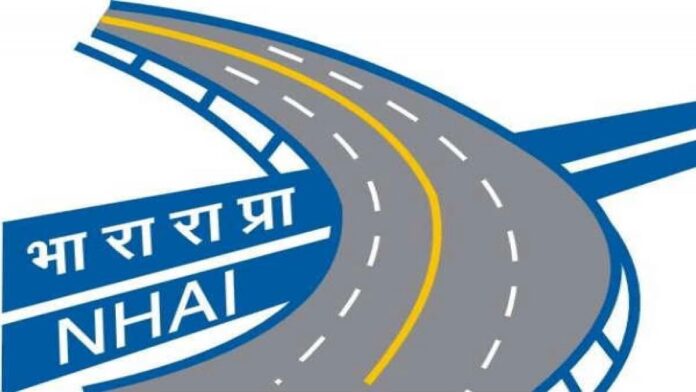A team of the National Highways of India (NHAI) on Friday visited Nuh to inspect an elevated road, which is a part of the Delhi-Mumbai Expressway and where a chunk of concrete came loose earlier this week, falling on the stretch below, just months after its inauguration.
NHAI officials said the damage was because of a “distressed grid” in the structure, and the rest of the road in Mahu village was safe to use as the fault was localised.
Repair work has begun with the help of a crane, and will take 2-3 days to complete, officials said. Traffic is being diverted to the other two lanes of the road to ease the load on the damaged portion.
The 246km Sohna (Haryana) and Dausa (Rajasthan) stretch of the expressway, of which the elevated road is a part, was inaugurated by Prime Minister Narendra Modi this February.
It was built at a cost of Rs 12,150 crore.
A 1.5 to 2-feet portion of the concrete on the underside of the elevated road fell onto the road below on Wednesday. No injuries were reported, though the road below the elevated section is used by Nuh locals to travel between Sakras and Punhana villages.
NHAI officials said they have begun the probe to ascertain the cause of the distressed grid.
“There is localised damage due to the distressed grid at the site. We are examining the matter and proper action will be taken. Our priority is to repair the distressed portion first after necessary testing, including that of materials used, and take remedial action. We are hoping that the repair work will be done in the next 2-3 days,” said Mukesh Meena, NHAI project director, Sohna.
Meena added that they will find the root cause of the accident and any shortcomings found in their probe will be dealt with accordingly. Mahu villagers weren’t convinced.
Village sarpanch Zuber Ahmed alleged that there have been other signs of sub-standard construction.
“We have seen concrete coming off multiple times and cracks on the expressway. Even the reinforcement grid is visible. After seeing the concrete fall on Wednesday, there was chaos as people feared that the road would collapse. There is heavy movement of vehicles at high speeds, and the NHAI is only trying to do superficial repair work. We have been flagging the use of substandard material from the beginning, and serious lapses during the construction but to no avail. The entire section needs to be reconstructed,” he alleged.
Once finished, the 1,380km expressway will be India’s longest and will connect the country’s two largest metropolises after traversing six states. It has been planned as a no-stop zone with the speed limit capped at 120kmph.

